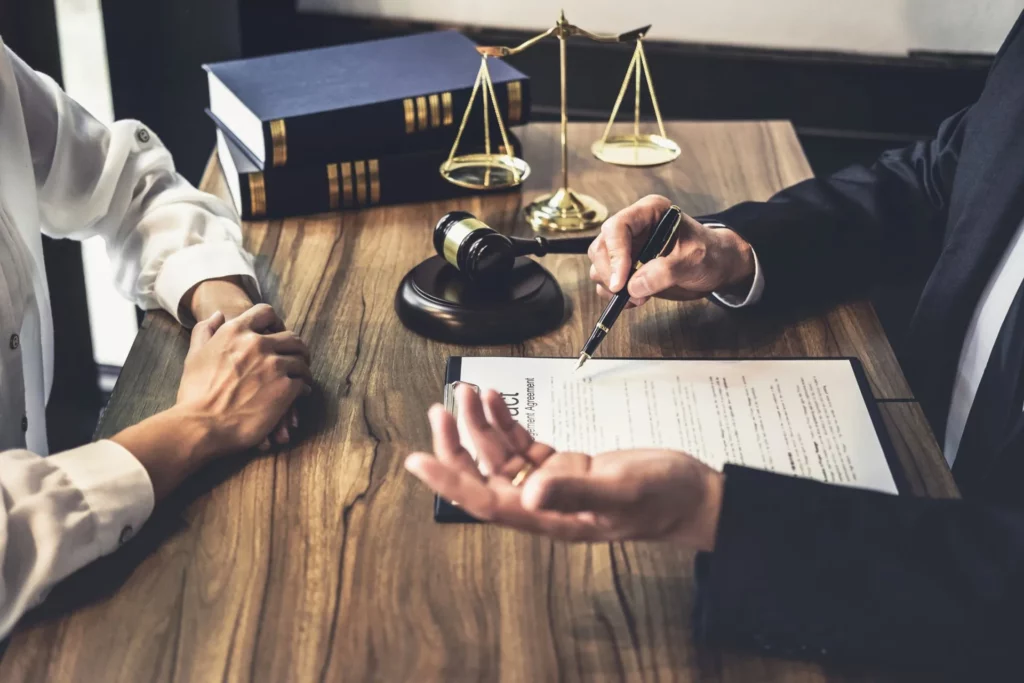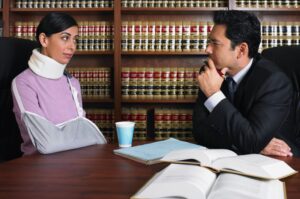Your Legal Rights When Involved in a Ride-Sharing Accident
Ride-sharing services like Uber and Lyft have become integral parts of urban and suburban transportation. However, the convenience of these services comes with complexities, especially when accidents occur. Understanding your legal rights in ride-sharing accidents is crucial for protecting yourself and ensuring you receive adequate compensation. This comprehensive guide focuses on “Legal Rights in Ride-Sharing Accidents,” providing essential information and steps to take if you find yourself in such a situation.
Understanding Ride-Sharing Accidents
A ride-sharing accident involves a vehicle that is part of a service like Uber or Lyft. These incidents can include collisions with other vehicles, pedestrians, cyclists, or property. Determining liability and navigating insurance claims can be more complicated due to the multiple parties involved, including the ride-sharing company itself.
Legal Rights of Passengers
- Right to Safety: Passengers have the right to expect a safe ride. This includes riding in a vehicle that is properly maintained and operated by a competent and attentive driver.
- Right to Compensation: If you are injured in a ride-sharing accident, you have the right to seek compensation for medical expenses, lost wages, and pain and suffering.
Legal Rights of Ride-Sharing Drivers
- Insurance Coverage: Ride-sharing companies typically provide insurance for their drivers. This coverage can vary based on whether the driver was waiting for a ride request, en route to pick up a passenger, or during a trip.
- Right to Compensation: Drivers injured while working can seek compensation through the ride-sharing company’s insurance, though specific rights can vary depending on state laws and company policies.
Steps to Take Immediately After a Ride-Sharing Accident
- Seek Medical Attention: Health and safety should be your priority. Even if injuries seem minor, it is crucial to get checked by a medical professional.
- Report the Accident: Notify the ride-sharing company through their app. Companies like Uber and Lyft have protocols for reporting accidents.
- Document Everything: Take photos of the accident scene, gather contact information from all parties involved, and take notes on any relevant details. This information will be invaluable for any legal claims or insurance procedures.
- Contact Law Enforcement: Ensure that a police report is filed. This report will be a critical document for establishing the facts of the accident.

Insurance Considerations
Understanding the insurance landscape in ride-sharing accidents is key:
- Ride-Sharing Company’s Insurance: These companies typically have robust insurance policies that cover damages and injuries, depending on the driver’s status at the time of the accident.
- Driver’s Personal Insurance: There might be complexities regarding the driver’s personal car insurance, which may not cover incidents that occur while the driver is logged into the ride-sharing app unless they have a specific ride-sharing insurance endorsement.
- Third-Party Insurance: If another driver is at fault, their insurance may be responsible for covering damages.
Navigating a Claim
Navigating insurance claims after a ride-sharing accident can be tricky:
- Determine the At-Fault Party: Identifying who is at fault is critical for directing your insurance claim.
- Deal with Multiple Insurers: You may have to interact with the ride-sharing company’s insurer, the driver’s insurer, and potentially other drivers’ insurers.
- Consider Legal Assistance: Due to the complexities involved, consulting with a personal injury lawyer who specializes in ride-sharing accidents can be beneficial.
Get Expert Legal Help
If you have been involved in a ride-sharing accident and are unsure of your legal rights, it’s crucial to speak to an expert. Help4Accidents.com offers a free case evaluation, providing you with guidance tailored to your specific circumstances. Our team is experienced in navigating the complexities of ride-sharing accidents and can help ensure that your rights are protected and that you receive the compensation you deserve.
Conclusion
Ride-sharing accidents present unique legal challenges that require a thorough understanding of your rights and the laws that protect them. By taking the appropriate steps and seeking the right legal advice, you can navigate these challenges effectively. Remember, whether you are a passenger, driver, or third party affected by a ride-sharing accident, you have rights that deserve protection and recognition.
This post is designed to educate and engage readers by addressing the complexities of ride-sharing accidents, using the keyphrase “Legal Rights in Ride-Sharing Accidents” for SEO effectiveness. The call to action encourages readers to seek professional legal advice, potentially increasing client engagement and conversion rates for Help4Accidents.com.

